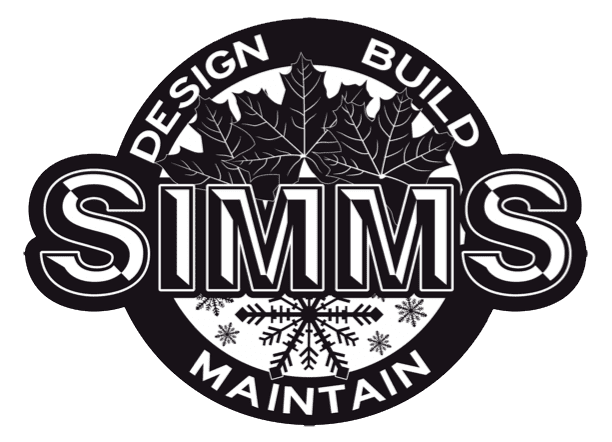Some browning is normal in Utah winters due to “winter burn,” where dry winds and frozen soil prevent evergreens from taking up enough water. In Salt Lake and Davis Counties, this often shows as brown needle tips or patches. Minor browning usually recovers in spring, but severe browning may indicate stress from poor watering or unsuitable plant varieties. A professional landscaper should recommend Zone 6–hardy evergreens like spruce, juniper, and arborvitae, which tolerate local winters better. Preventive steps include deep watering before the first freeze and applying mulch around roots. If browning spreads heavily, consult your contractor or an arborist to assess whether replacement is necessary.
Is it normal for evergreens to turn brown in winter from a landscape company?
Related FAQs
-
What hidden costs am I not thinking about from a landscaping company?
Hidden costs usually show up in areas that weren’t discussed during the bid. Examples include site preparation (grading, hauling soil,…
-
Do I need to shovel snow off my plants?
In most cases, no. Snow acts as a natural insulator in Utah’s winters, protecting plant roots and helping soil retain…
-
How do I know if a landscape company is legitimate?
Start with credentials. In Utah, legitimate landscape contractors must hold an S330 license and carry general liability and workers’ compensation…
